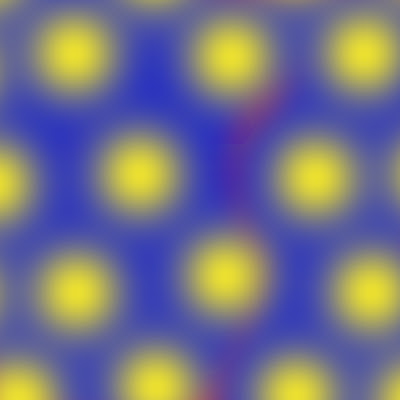I spent some time online looking at images of
Jules Olitski's work. The color truly is exceptional.
I found theses quotes attributed to him:
"There is value in long years of obscurity, if one doesn't go insane or suicidal, in that, simply because nobody is looking, the habit of fooling around and trying things out gets ingrained."
And from Time Magazine, "Olitski recalls a conversation in 1965: 'I said I would like my painting to have the appearance of being just color. Then I remarked that if only I could spray some color into the air and somehow it would remain suspended, that's what I would want. Just color by itself. I thought it was amusing, and so did everyone else. But that evening, going to sleep, it occurred to me that it was a serious notion.'"
When I started painting, after getting past basic technique, and thinking about what I wanted to paint, I remember thinking that I wanted to draw/paint (translate) space between things as material in itself, without the things defining it. Color strategy affords that possibility, as Oliski's work shows. As does Olaf Eliason's work with light, mists and mirrors -- his particles in space are material, suspended as Oliski had wished for his sprays of color. But it is a different, and it would seem to me more difficult to solve, puzzle when working with the physical materiality of paint as opposed to light and as opposed to digital pixels that make it seem much easier.




























